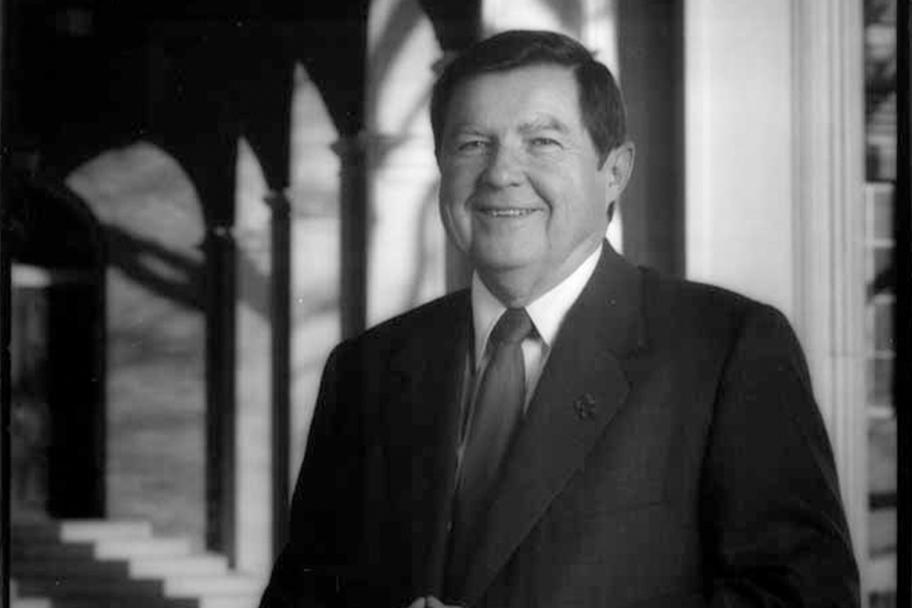Robert W. Lawless helped move the university to new heights with consistent focus on academic excellence and growing a national profile.
When Robert W. Lawless arrived as the 11th president in the history of Texas Tech University, he immediately turned his attention to fostering a culture of excellence throughout the university community.
Lawless brought a mathematician’s precision to his understanding of higher education when he was named by the Texas Tech Board of Regents to succeed Lauro F. Cavazos in 1989.
Yet he also was committed to the university providing outstanding service to its stakeholders after spending seven years in the private sector with Southwest Airlines, a company known for its uncompromising emphasis on customer satisfaction.
Lawless was the last university president to oversee both Texas Tech and the Texas Tech University Health Sciences Center (TTUHSC) before the advent of the Texas Tech University System. He died Saturday (Aug. 10) at age 87, but his fingerprints are easily found at Texas Tech, from a steadfast commitment to academic distinction to new buildings to the Honors College to intercollegiate athletics.
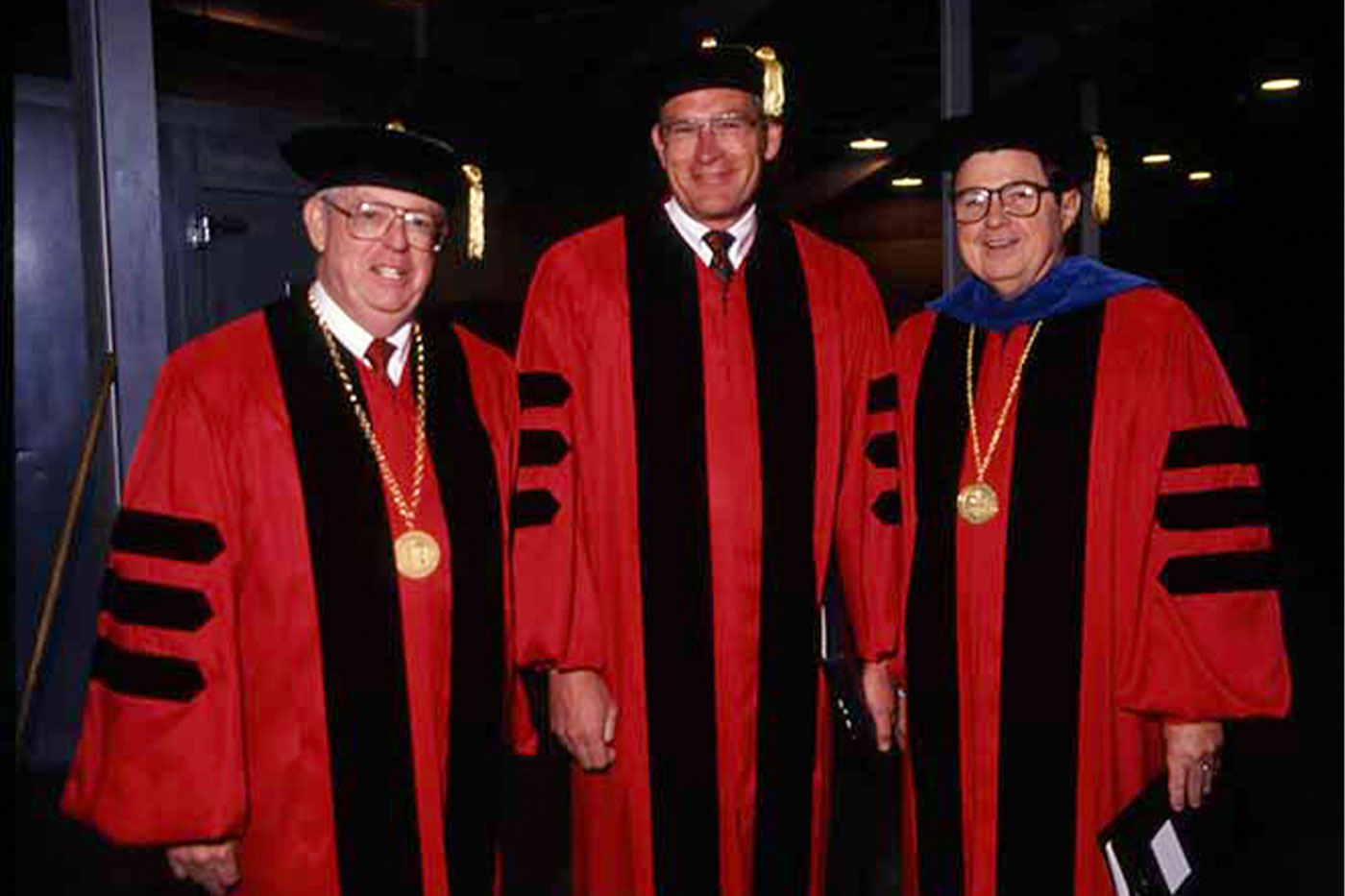
Viewed through the prism of time, Lawless set Texas Tech on a trajectory of success that, in many ways, continues to reverberate today.
“Dr. Lawless was a man of impeccable integrity who left a legacy of excellence, tirelessly working to raise the university’s national academic profile and pushing it toward fully realizing its immense potential,” Texas Tech President Lawrence Schovanec said in a statement. “He was a dear friend and a personal mentor.”
Lawless focused his attention on two immediate goals upon taking over in July 1989: growing the university’s endowment and expanding the number of endowed scholarships for outstanding high school students. Thanks to his energetic leadership, Texas Tech’s endowment grew from $40 million to $150 million during his presidency.
“Bob Lawless was a mentor, a colleague and a good friend,” said Donald R. Haragan, who followed Lawless as university president in 1996. “He initiated and grew the presidential scholarships and his leadership supported quality education at all levels.”
Meanwhile, Texas Tech’s presidential endowed scholarship ballooned at an astonishing rate, from seven when Lawless started to more than 500 when he announced his decision to leave and become president of the University of Tulsa in February 1996.
“He made a point of gathering the presidential scholars, giving us opportunities to know each other and to meet the people who cared about Texas Tech enough to endow those wonderful scholarships,” said Zach Brady, a Lubbock attorney and one of the earliest scholarship recipients. “He checked on our class attendance, on our grades, on our thank-you notes. And, if any of those weren’t what they needed to be, a reminder was in the offing.”
The scholarships allowed Texas Tech to recruit more of the nation’s top high school graduates, strengthening the academic caliber of the university’s then-24,000-student body. During Lawless’ tenure, the average combined SAT score for first-year students entering Texas Tech increased from 880 in 1989 to 1010 by the fall of 1995.
“Bob Lawless, in seven years, has significantly increased the national recognition and prestige of the university and the Health Sciences Center,” then-Board of Regents Chairman Edward Whitacre said in the news release announcing Lawless’ departure. “He set very high goals for Texas Tech and has worked ceaselessly to accomplish those goals. He is leaving at a time when he believes he has accomplished his mission at Texas Tech.”
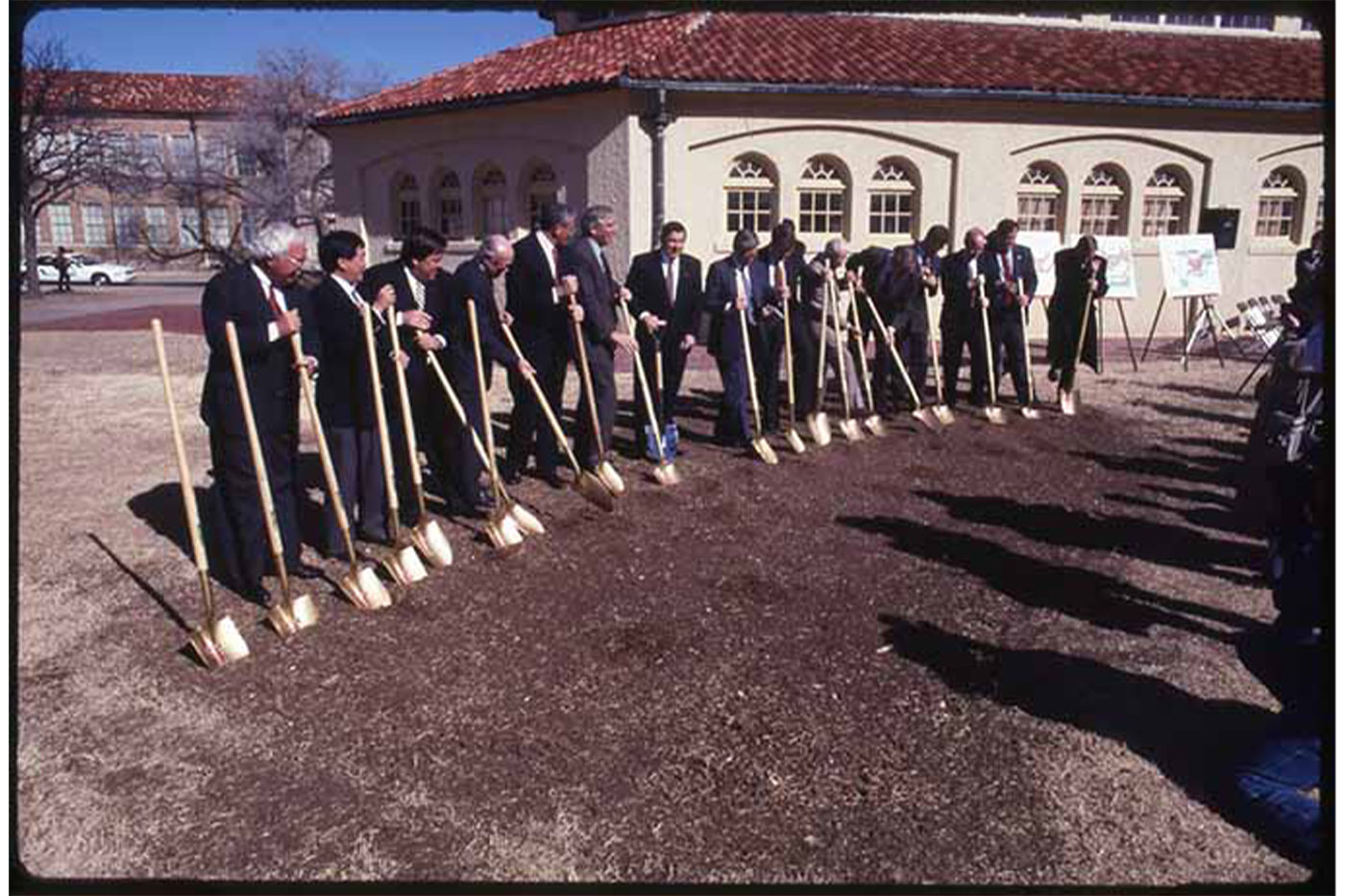
The campus landscape changed during his years as well with a number of significant building projects approved and completed, including the McKenzie-Merket Alumni Center, the International Cultural Center, the Southwest Collection Building and the Library/Conference Center at the TTUHSC.
The Honors College also grew during Lawless’ tenure, and one of its residence houses is named the Lawless House of Integrity in his honor.
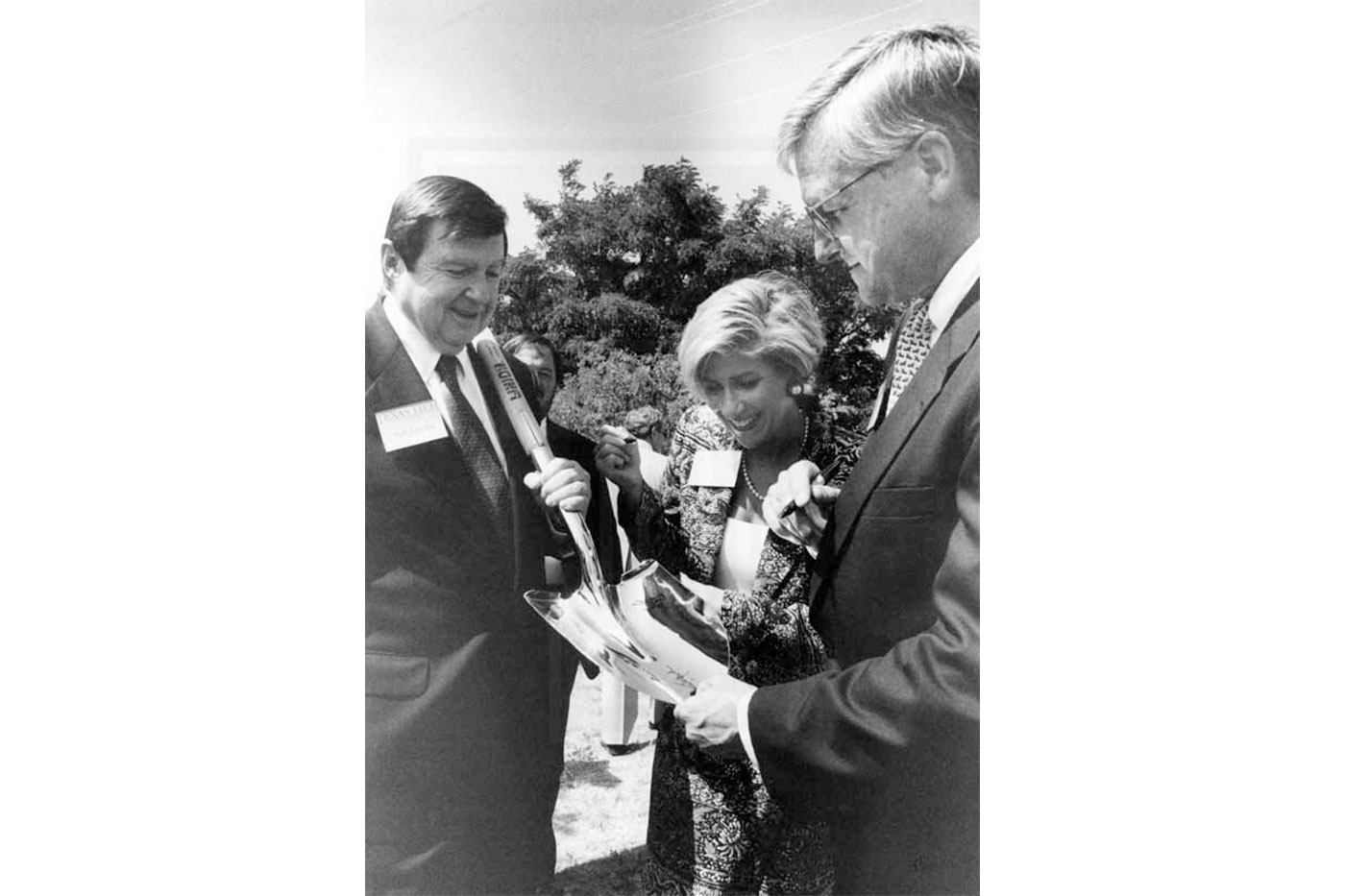
“When the Honors College in 2014 decided to set up Houses into which students were sorted, one house was named ‘Lawless House,’ of which the motto was integrity,” explained former Honors College Dean Michael San Francisco, who had known Lawless since 1991. “His closing words in every speech he gave to the students were, ‘to thine own self be true.’
“Robert Lawless to me was a mentor of the highest order and a man of kindness and integrity. While he is not with us in person, his spirit lives through the lives he has touched and influenced.”
Texas Tech Athletics also enjoyed unprecedented success during his tenure, capped in 1993 when the Lady Raider basketball team won the NCAA national championship. During the 1994-95 school year, the Red Raider football, men’s basketball, women’s basketball and baseball teams compiled a 64-5 record at home, best in the nation among NCAA Division I schools.
“Dr. Lawless was a champion for women’s athletics his entire career,” former Lady Raider head coach Marsha Sharp recalled. “He and (wife) Marcy were valued members of our inner circle during our ’93 championship run during his tenure as the Texas Tech president.
“They both attended a dinner to celebrate the 30th anniversary of the ’93 team last year. We were all so grateful to have an opportunity to thank them again for everything they did for us.”

Lawless brought greater oversight to Red Raider athletics and was active in intercollegiate athletics in general, chairing the powerful NCAA President’s Commission. He also led the College Football Association board of directors from 1990-92 and was the first Texas Tech president to chair the Texas Council of Public University Presidents and Chancellors.
His knowledge and connections became critical in the early 1990s as the Southwest Conference, Texas Tech’s athletic home since 1960, began to crumble under the weight of rapidly shifting conference alliances and growing television revenue expectations. Working feverishly behind the scenes with other institutional leaders in the state, Lawless helped ensure Texas Tech’s inclusion (with Baylor, Texas A&M and Texas) in the new Big 12 Conference when the league made its debut in 1996.
The footprint of the TTUHSC expanded to include the School of Pharmacy in Amarillo and the expansion of the School of Allied Health programs in physical therapy and occupational therapy to Amarillo and Odessa. Likewise, the TTUHSC’s HealthNet initiative blossomed into a national model for distance learning and telemedicine.
“We are saddened by the passing of Robert Lawless, Ph.D.,” said TTUHSC President Lori Rice-Spearman. “He served as the fourth president of Texas Tech University Health Sciences Center from 1989 to 1996, as well as the president of Texas Tech University. During his tenure, Dr. Lawless was instrumental in leading our institution through significant growth, including establishing the Graduate School of Biomedical Sciences (1991) and the Jerry H. Hodge School of Pharmacy (1993). These schools are lasting legacies of his dedication to expanding educational opportunities and promoting academic excellence. Our thoughts are with his family and loved ones during this difficult time.”
Funded research at the university and the TTUHSC doubled from $15 million in 1989 to $30 million in 1995, and for the first time, in 1990, Texas Tech was included among the top 125 in the U.S. News and World Report Guide to America’s Best Colleges. In 1994, Texas Tech became one of only five universities in the state to earn the classification “Research University,” which was the highest category in the Carnegie Foundation’s Classification of Institutions of Higher Education at the time.
“Dr. Lawless hired me in 1992, while I was still in graduate school,” remembered Alicia Knight, associate vice president for advancement at Texas Tech. “As a first-generation college student who grew up blocks from Texas Tech, I had no idea what working for a university president would mean. What I now realize is President Lawless saw in me more than I believed I could accomplish, especially early in my career.
“He personally opened a door that allowed me to learn so much from his leadership, especially since my office was next to his. This gave me a front row seat to watching him actionize his strong and unwavering commitment to quality and being the best. He laid the foundation that set my career in motion, and I always work harder to be the best and to make him proud.”
At Southwest Airlines, Lawless served as chief financial officer and then as chief operations officer and executive vice president. It was there that he was not only immersed in but also helped sharpen the company’s people-centric, service-focused orientation.
Those experiences informed his vision for applying quality service initiatives to higher education. He brought a quality management philosophy to Texas Tech that resulted in the establishment of Serviceplus, a customer service training program for all university employees. Along the way he established the Office of Quality Service and the Quality Service Council as resources on quality issues for all areas of Texas Tech and the TTUHSC.
Lawless also relentlessly focused on streamlining administrative experiences, as Texas Tech had the lowest percentage of administrative costs of any public university in the state, according to a Texas Higher Education Coordinating Board study in 1993. That survey listed Texas Tech as the only state institution with administrative costs under 10% of total spending on instruction.
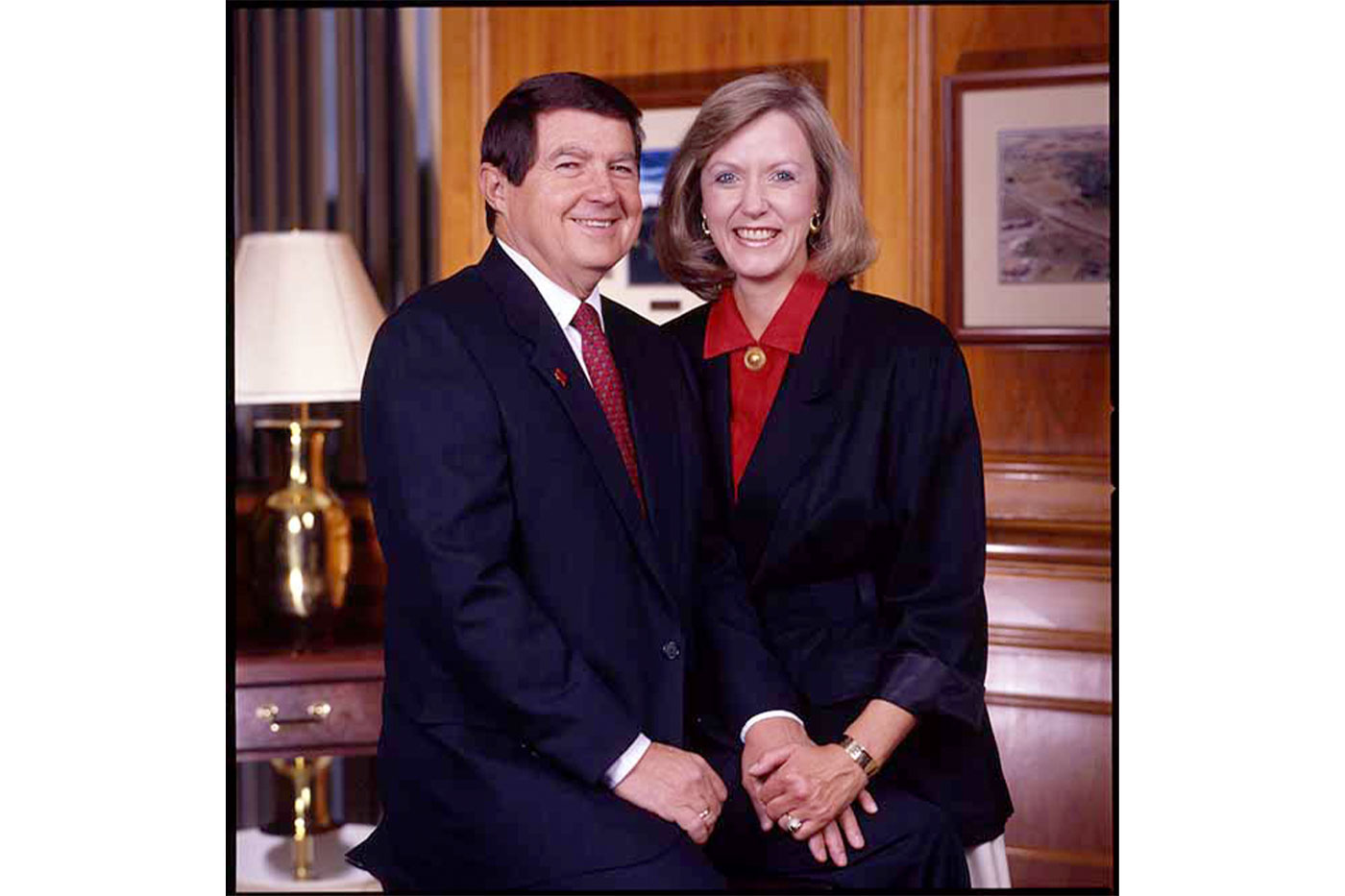
“My presidency at Texas Tech has been incredibly rewarding and leaving there is difficult,” Lawless said in announcing his decision to move to Tulsa. “My career path, however, has been paved by an attraction to new situations and challenges.”
In addition to his time with Southwest Airlines, Lawless also worked at Monsanto for nine years. He earned a bachelor’s degree in mathematics from the University of Houston and a doctorate in industrial engineering (operations research) from Texas A&M.
His academic career spanned 32 years as a faculty member and administrator, serving on the faculty of Texas A&M, Houston and Texas Tech. At Houston, he served in several positions, including senior vice chancellor.
“His vision for the future of Texas Tech, for what it could become, has largely come to fruition,” Brady said. “Hundreds of students are awarded presidential scholarships each year. Those awards help attract the best and the brightest to Texas Tech. That’s a legacy that will continue to grow and one that I will always be honored to be a small part of.”
After Lawless retired from the University of Tulsa in 2004, he and Marcy split their time between there and Lubbock before fully retiring to Lubbock a few years later. The Lawlesses remained avid fans of all things Texas Tech, attending Red Raider games and Texas Tech fundraising events while also continuing to generously support the university and many other worthy causes.
“I have always had enormous respect for Dr. Lawless for his unwavering commitment to the values which guided his life,” Sharp said. “His strong faith was always evident and was paramount in all of his decisions.”

